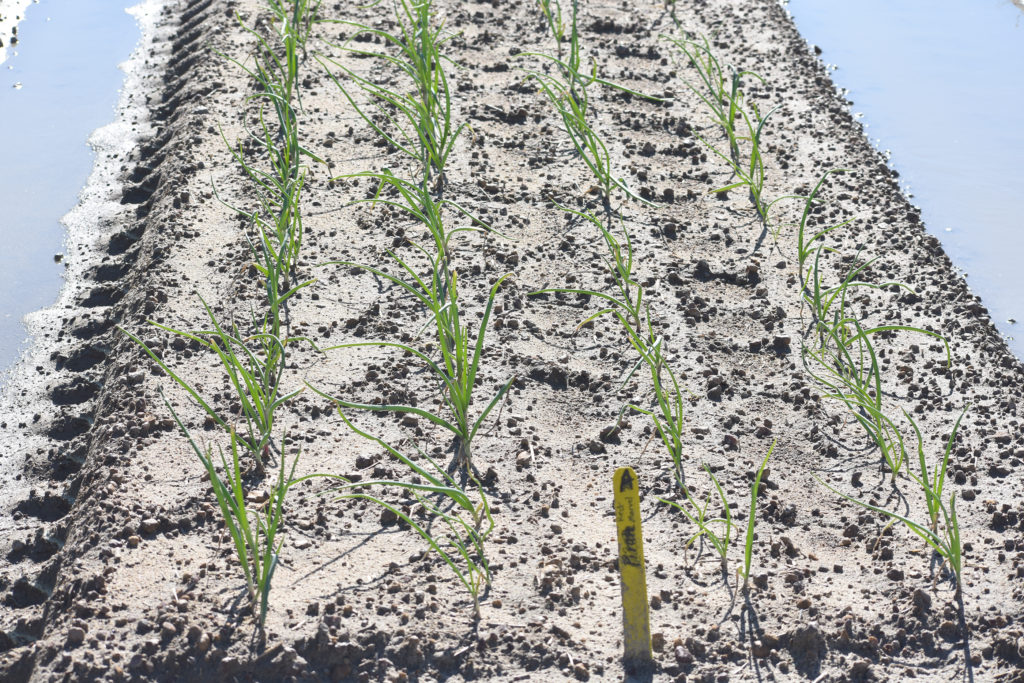By Clint Thompson
Increased applications of copper during the second half of the production season can help Vidalia onion producers combat center rot disease more efficiently.

Chris Tyson, UGA Extension area onion agent, conducted research on the practice which led to improved yields.
“We figured a grower in the second half of the season may spray on average three to five times with copper. We did a higher input treatment where we sprayed it eight times. It was basically every week from mid-season to harvest,” Tyson said. “We also tried to keep the thrips population as low as possible, where we used two higher -priced insecticides. We know thrips have some influence on center rot, but it’s sort of unclear as to what level. We know that copper can help.
“We combined those two things and came up with a higher input treatment compared to a grower standard treatment. What we found was, compared to the grower standard where we sprayed more copper and tried to do a little bit better job of controlling thrips, we saw an increase in yield which was due to a reduction in center rot.”
Foliar symptoms of center rot include water-soaked lesions that expand and span the length of the leaf blade. The leaf becomes bleached and blighted. There is severe wilting and blighting of the foliage once the disease intensifies. This can lead to the death of the plant tissue above ground.
Bacteria can move from the foliar tissue into the bulb, causing decay. UGA Extension emphasizes the importance of protecting onion leaves, which can reduce bulb rot incidence.
Tyson recommends increased spraying to begin in late February or early March, once the onions start developing bulbs. Producers should focus on copper sprays and monitor for thrips as well.
“Not only did we reduce center rot and increase yield but also doing a higher input spray program for center rot made more returns on your investment,” Tyson said.









